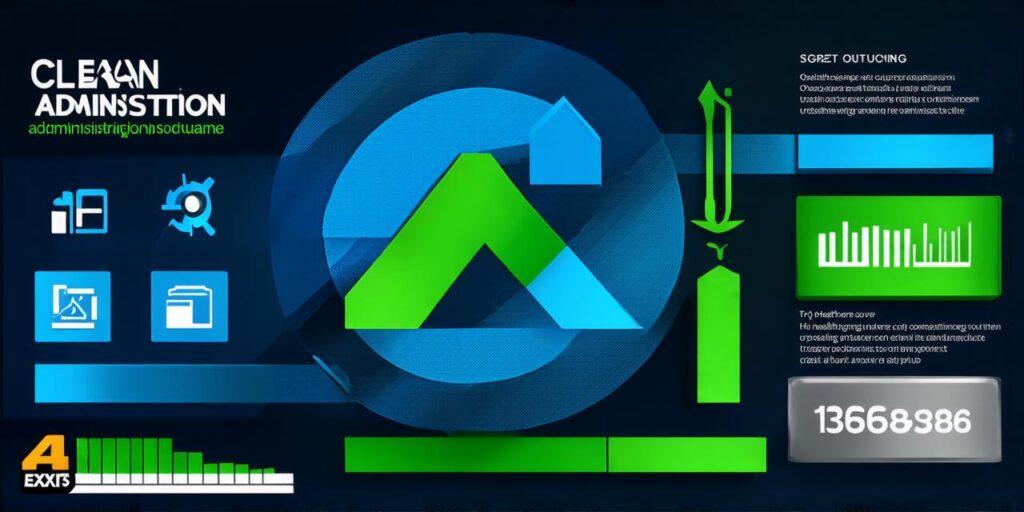
Here’s the corrected HTML code for the article:

The Top AI Chatbot Software For Development Companies Of All Sizes
Chatbots have become an essential tool for businesses to improve customer service and engagement. With the advancement of artificial intelligence (AI) technology, chatbots can now understand natural language and provide personalized responses to customers. As a development company, you may be wondering which AI chatbot software is best suited for your business needs. In this article, we will discuss the top AI chatbot software options available and their features that make them ideal for businesses of all sizes.
1. Dialogflow
Dialogflow is an AI chatbot platform developed by Google that allows developers to build conversational interfaces on different platforms such as websites, messaging apps, and voice assistants. It provides a natural language understanding (NLU) engine that can analyze text and speech inputs to understand the intent behind them. Dialogflow also offers pre-built integrations with various platforms like Facebook Messenger, Slack, and Twilio, making it easy for businesses to integrate chatbots into their existing systems. Additionally, Dialogflow provides analytics tools that allow businesses to track and measure the performance of their chatbots, helping them optimize their conversational flows.
2. Microsoft Bot Framework
Microsoft Bot Framework is an open-source platform that allows developers to build custom chatbots for different platforms like Facebook Messenger, Skype, and Teams. It provides a set of tools and APIs that enable businesses to create chatbots using natural language processing (NLP) and machine learning (ML) algorithms. Microsoft Bot Framework also integrates with other Microsoft services such as Azure Cognitive Services, making it easy for businesses to leverage existing ML models and APIs to enhance their chatbot’s functionality.
3. Amazon Lex
Amazon Lex is an AI-powered chatbot service developed by Amazon Web Services (AWS) that allows developers to build conversational interfaces on various platforms like Facebook Messenger, Slack, and Twilio. It provides a natural language understanding (NLU) engine that can process text and speech inputs to understand the user’s intent. Amazon Lex also offers pre-built intents and entities that businesses can use as a starting point for their chatbot development process. Additionally, Amazon Lex integrates with other AWS services like Lambda, making it easy for businesses to deploy and manage their chatbots on the cloud.
4. IBM Watson Assistant
IBM Watson Assistant is an AI-powered chatbot platform developed by IBM that allows developers to build conversational interfaces for different platforms like Facebook Messenger, Slack, and Twilio. It provides a natural language understanding (NLU) engine that can analyze text and speech inputs to understand the user’s intent. IBM Watson Assistant also offers pre-built intents and entities that businesses can use as a starting point for their chatbot development process. Additionally, IBM Watson Assistant integrates with other IBM services like Watson Analytics and Watson Machine Learning, making it easy for businesses to leverage existing ML models and APIs to enhance their chatbot’s functionality.
5. Tars
Tars is a no-code chatbot builder that allows businesses of all sizes to build conversational interfaces on different platforms like Facebook Messenger, Slack, and Twilio. It provides a visual drag-and-drop interface that enables developers to create custom chatbots without any coding knowledge. Tars also offers pre-built integrations with various platforms, making it easy for businesses to integrate chatbots into their existing systems. Additionally, Tars provides analytics tools that allow businesses to track and measure the performance of their chatbots, helping them optimize their conversational flows.
6. Botpress
Botpress is an open-source AI chatbot platform that allows developers to build custom chatbots for different platforms like Facebook Messenger, Slack, and Twilio. It provides a natural language understanding (NLU) engine that can process text and speech inputs to understand the user’s intent. Botpress also offers pre-built intents and entities that businesses can use as a starting point for their chatbot development process. Additionally, Botpress integrates with other ML libraries like TensorFlow and Keras, making it easy for businesses to leverage existing ML models to enhance their chatbot’s functionality.
Choosing the Right AI Chatbot Software For Your Business
When choosing an AI chatbot software for your business, there are several factors you should consider, including:
- Ease of Use
- Integration Capabilities
- Analytics and Reporting
- Natural Language Processing (NLP) Capabilities
- Cost
Case Study: H&M’s AI Chatbot
H&M, a Swedish fashion retailer, launched an AI chatbot on Facebook Messenger in 2018 to help customers find products and answer their queries. The chatbot was built using Microsoft Bot Framework and integrated with H&M’s product database to provide personalized product recommendations to customers. The chatbot also used natural language processing (NLP) capabilities to understand customer queries and provide relevant responses. Within the first few months of launch, the chatbot received over 3 million messages and helped increase sales by 25%.
Summary
In conclusion, there are several AI chatbot software options available for businesses of all sizes. Each platform offers unique features that make them suitable for different use cases. When choosing an AI chatbot software, consider factors such as ease of use, integration capabilities, analytics and reporting, natural language processing (NLP) capabilities, and cost. By implementing an AI chatbot, businesses can improve customer service and engagement, reduce costs, and increase sales.


